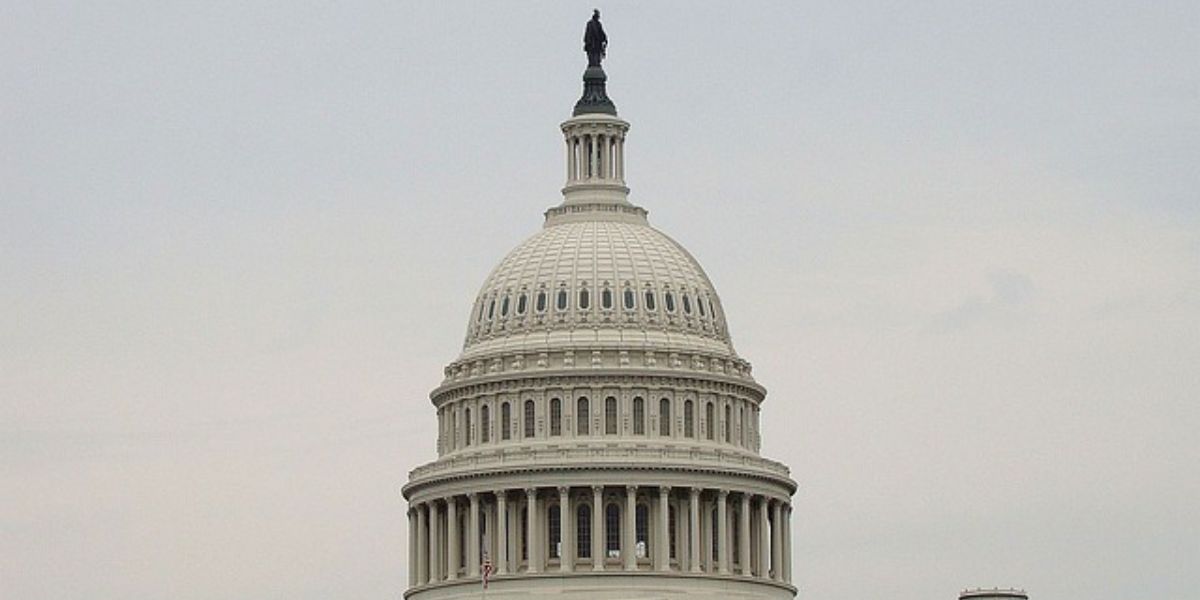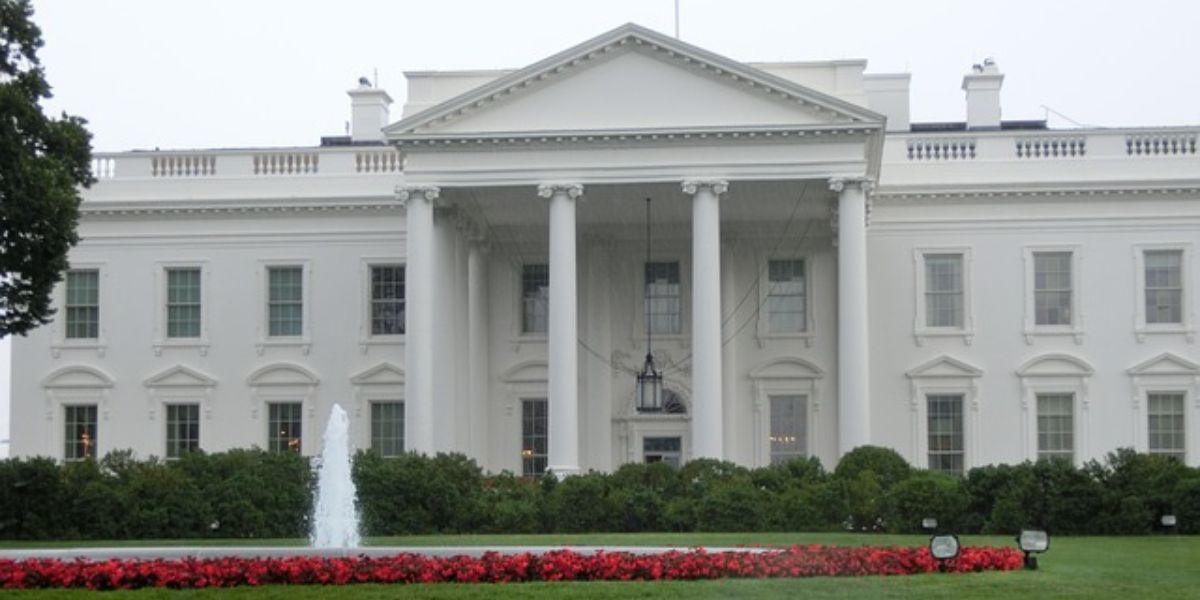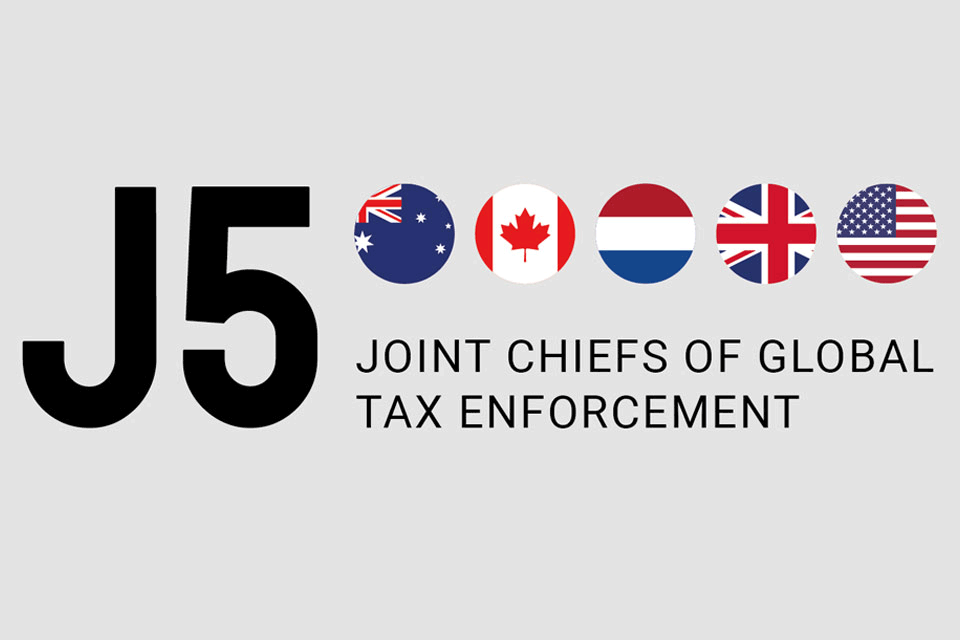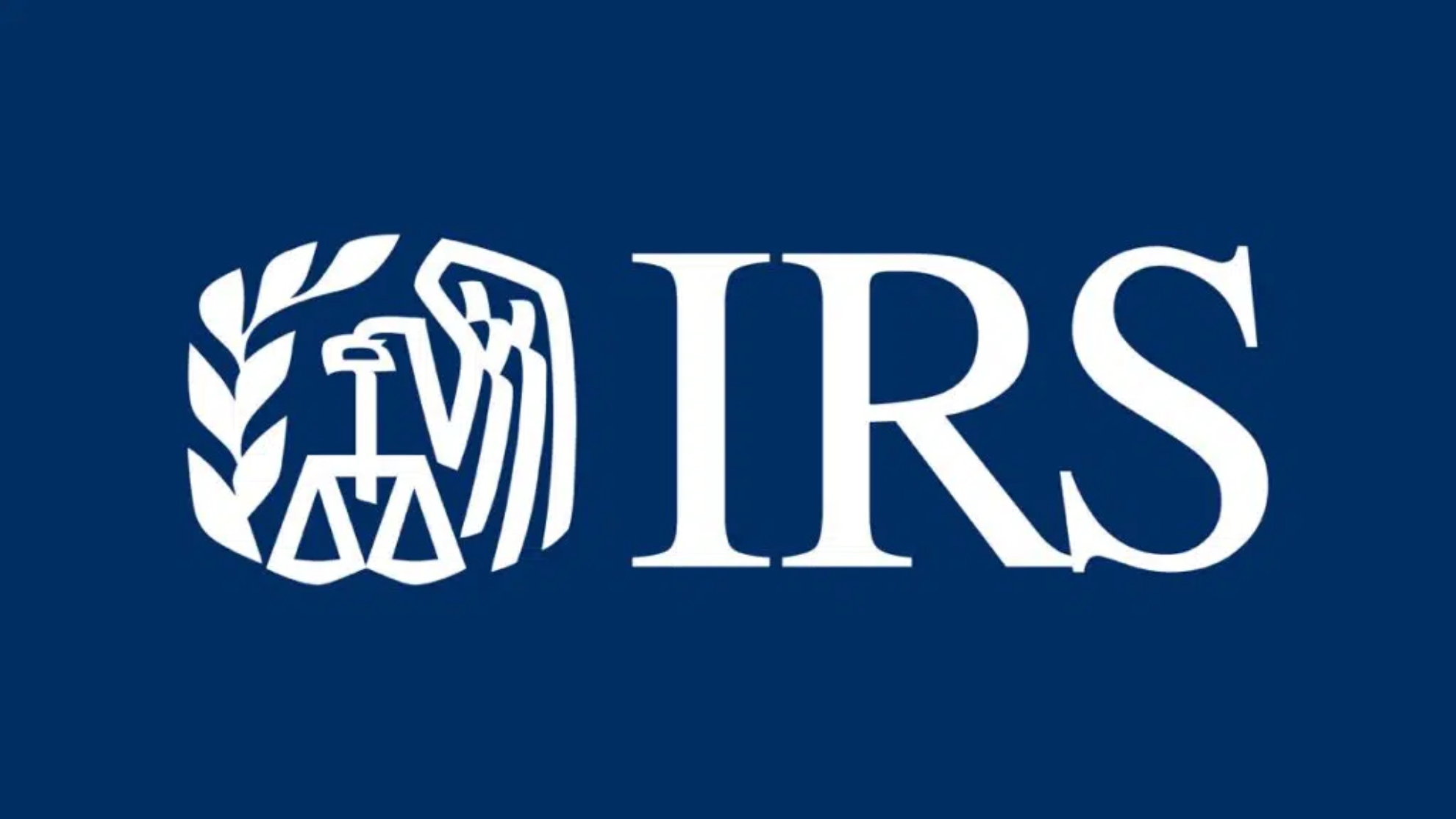The US Department of the Treasury and Internal Revenue Service (IRS), on 16 May, 2024, released additional guidance on the Inflation Reduction Act’s (IRA) domestic content bonus.
This initiative is part of President Biden’s economic strategy to boost American manufacturing and iron and steel production so American workers and companies can continue to build the clean energy economy.
The domestic content bonus applies to facilities and projects built using the required amounts of domestically produced steel, iron, and manufactured products.
To receive the bonus, all manufacturing processes for steel and iron components must take place in the United States.
A statutorily required minimum percentage of the costs of the manufactured products and components of manufactured products that comprise a facility must be mined, produced, or manufactured in the United States.
The Treasury Department with Biden-Harris Administration partners, including the Department of Energy (DOE), worked closely regarding the notice. Treasury’s goal in releasing this guidance is to provide taxpayers needed clarity and certainty to facilitate uptake of the bonus provision and unlock investments in American-made clean energy.
Under the Production Tax Credit for clean energy (PTC), facilities that meet domestic content requirements receive a 10% bonus. Under the Investment Tax Credit for clean energy (ITC), projects that meet the domestic content requirement receive up to a 10% bonus.
Projects are eligible for the full value of the bonus only if they meet the domestic content requirement and one of the following requirements:
1) The project has a maximum net output of less than one megawatt of energy
2) Construction of the project began before 29 January, 2023; or
3) The project satisfies the Inflation Reduction Act’s prevailing wage and apprenticeship requirements.
To assist taxpayers in determining whether the minimum percentage of the costs of the manufactured products and components of manufactured products are met, this notice creates a new elective safe harbour that gives clean energy developers the option of relying on DOE-provided default cost percentages for an exhaustive set of manufactured products and their components.
This safe harbour is in lieu of obtaining direct cost information from suppliers. The guidance also amends last May’s Notice to add more safe harbour classifications, including the addition of hydropower technologies, as well as to provide clarity for rooftop solar.
Treasury and IRS continue to consider stakeholder comments and plan to issue further domestic content guidance to address issues not in the scope of this guidance, including adding further sectors, including offshore wind, to the new elective safe harbour table and issuing proposed rules for projects using elective pay (sometimes referred to as direct pay).
In particular, Treasury and IRS, with DOE and other agencies, continue to evaluate potential options to further the IRA’s goal of incentivising US solar manufacturing, including solar wafer production.















